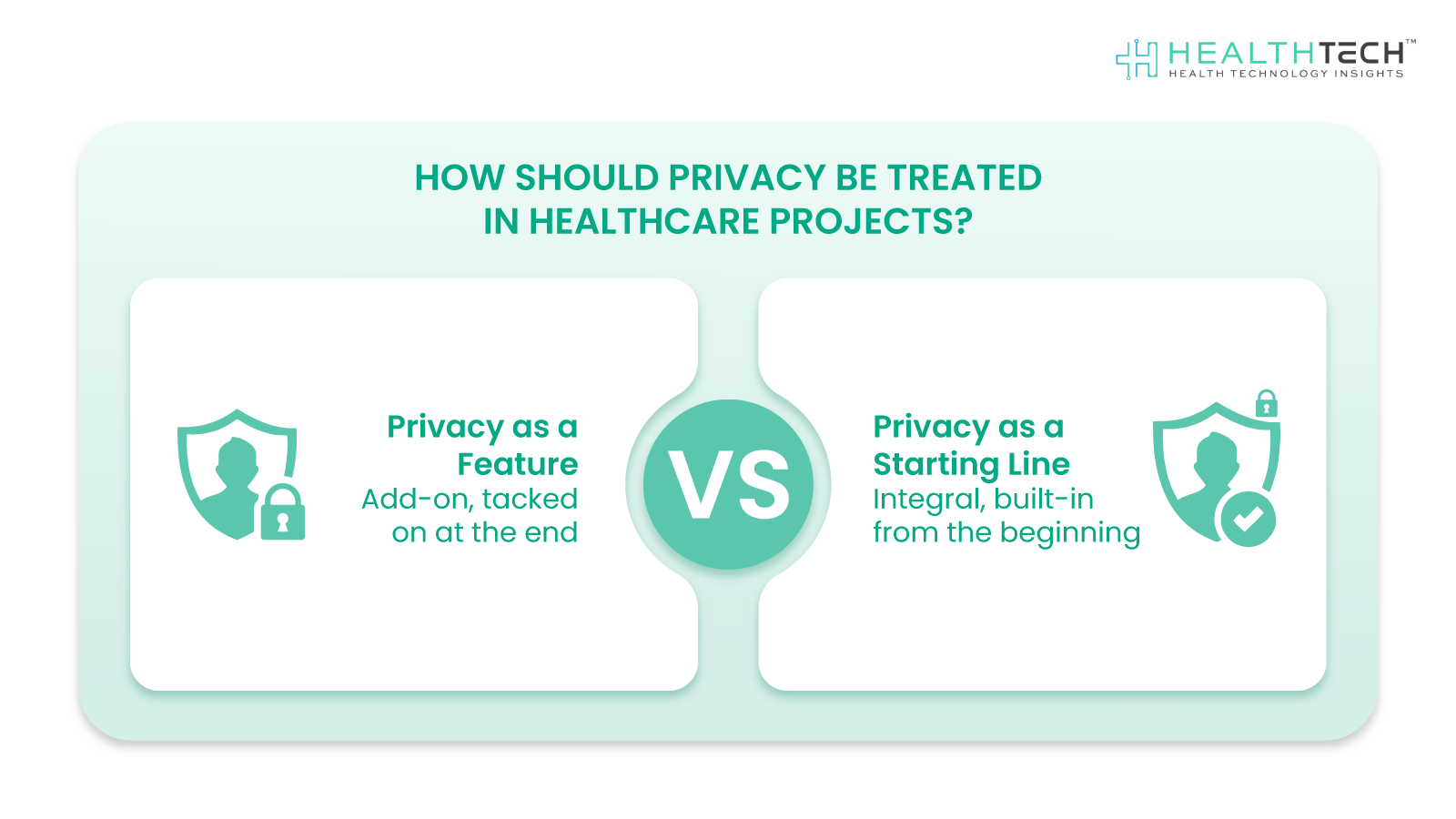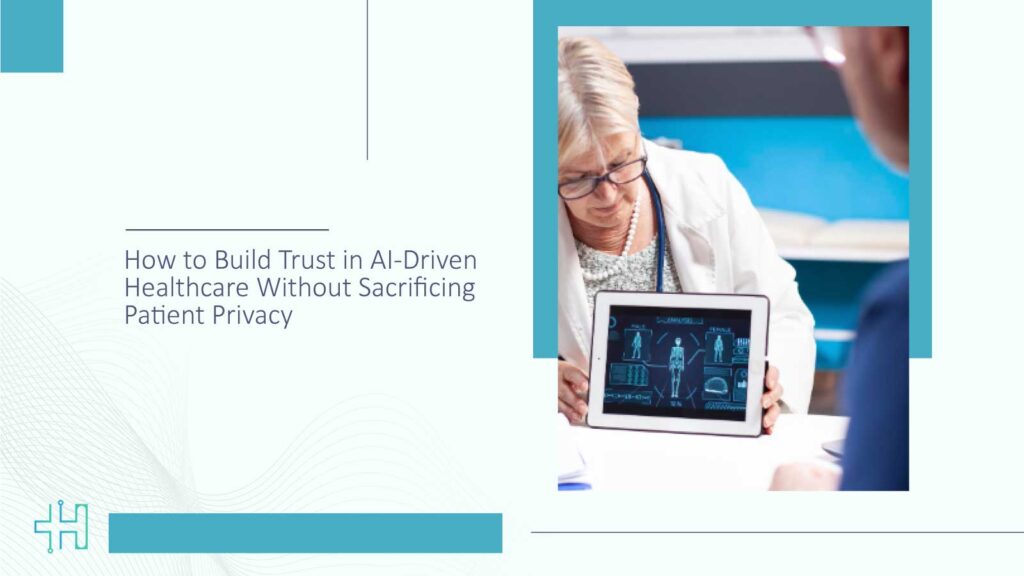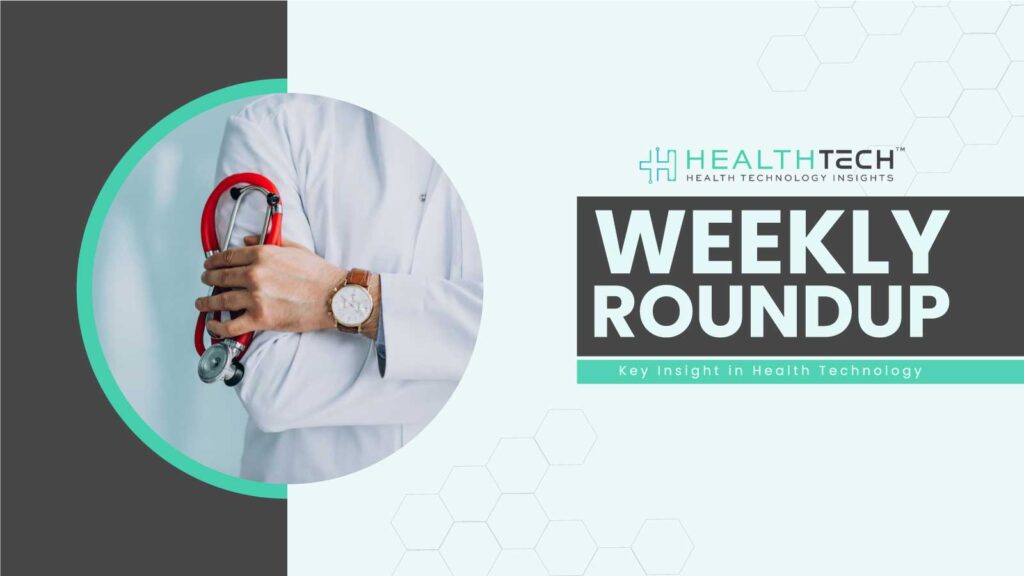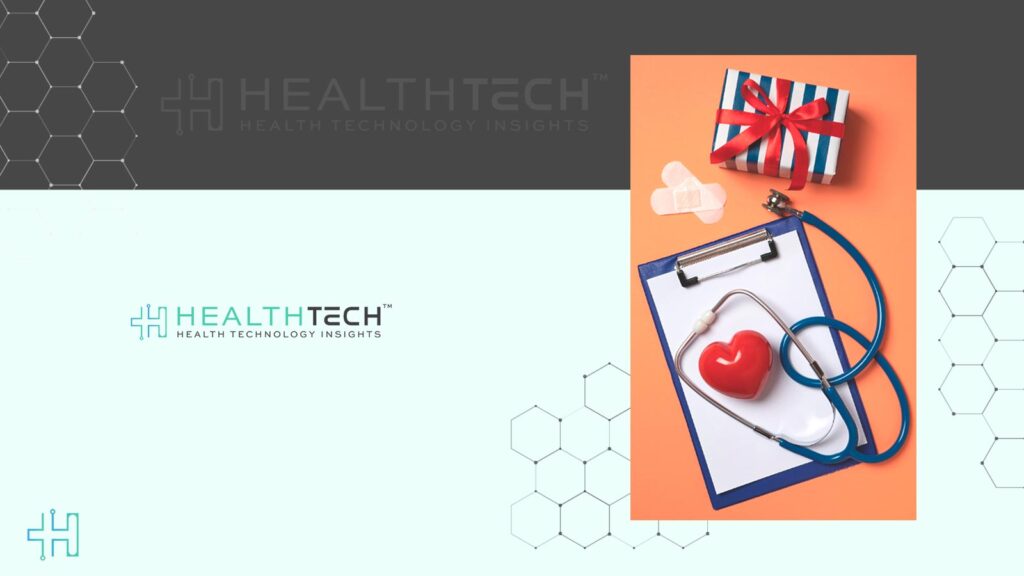Machine learning is helping detect disease earlier, tailor treatments, and make care faster and smarter in AI-driven healthcare. Sounds incredible, right? But only if we trust it. And that’s the sticking point.
If the system understands your body better than you do, you’ll want to know what it’s doing with that knowledge. And more than that, you’ll want to know your privacy isn’t the price of progress.
This article explores how we can build trust in AI-driven healthcare without losing sight of what matters most: human dignity, ethical responsibility, and control over our health data.
You’ll hear how leaders are doing it right, what technology is making it possible, and why putting patients first isn’t just the moral thing, it’s the smart thing.
Why Trust Is Everything When It Comes to Healthcare AI
Most people hear “AI in healthcare” and immediately wonder if a robot is going to diagnose them wrong or leak their medical history. The stakes are personal, and the fear isn’t irrational.
In medicine, trust has always been the foundation. We trust doctors to keep our secrets, to make informed decisions, to treat us like more than numbers on a screen. AI changes the setting, but it can’t change that core expectation.
A Pew Research survey found that nearly 6 in 10 Americans feel uneasy about AI recommending treatments without a doctor’s direct involvement. That’s not just hesitation, it’s a signal that people need clarity, accountability, and human oversight.
If we want AI to be effective, we need buy-in from everyone. That means the systems can’t be mysterious. They need to be explainable. A doctor needs to know why an AI flagged a scan, not just that it did. And a patient deserves to hear that explanation in plain English.
“If patients don’t feel their data is secure or their diagnosis is fair, they will opt out,” says Dr. Mona Siddiqui, former Chief Data Officer at HHS. “And when they opt out, we lose the very diversity that makes AI strong.”
Think about that. AI models are only as good as the data they’re trained on. If marginalized communities don’t trust the system and don’t participate, the system can’t serve them, and the cycle of bias continues.
Health systems like Northwell Health are starting to flip that dynamic. They’re showing patients how their de-identified data contributes to broader research. They’re inviting patients to be part of the process, not just the input. That’s not just respectful, it’s powerful.
At the end of the day, AI-driven healthcare won’t earn trust by being perfect. It’ll earn it by being transparent, accountable, and human-centered.
Is Privacy A Feature Or A Starting Line?
Let’s get one thing clear: privacy isn’t a tech add-on. It’s not something you tack on at the end of a project. In healthcare, privacy is the priority.

Health data isn’t just sensitive, it’s intimate. It can reveal everything from genetic risks to behavioral health. And when that kind of information powers AI systems, people have every right to ask: Who’s seeing this? What’s being stored? Can it be traced back to me?
They’re not wrong to worry. Healthcare remains the most targeted industry for cyberattacks. According to IBM’s 2024 report, each data breach in healthcare costs nearly $11 million on average, more than any other sector.
That’s why smart systems are flipping the script. Instead of moving all data into one central place, some are using federated learning. Mayo Clinic is leading here, and AI models are trained across different hospitals without actually moving the data. It stays on-site, protected, while still contributing to larger learnings.
Other systems are leaning on differential privacy. It’s a technique that adds subtle “noise” to data so individual patients can’t be identified, even in large sets. It’s the same strategy used by Apple and Google, and it’s gaining traction in healthtech circles, too.
“Patients will only share data if they’re confident it won’t be misused,” says Rema Padman from Carnegie Mellon. “And systems must prove, not just promise, that confidence is justified.”
Some hospitals are taking that challenge seriously. Mount Sinai, for instance, is experimenting with AI transparency labels, sort of like digital food labels for algorithms. They break down what data is used, who trained the AI, and what known biases it might have.
And yes, HIPAA still applies. But those rules were written in a pre-AI world. Today’s innovators aren’t just asking what the law allows, they’re asking what ethics require. That’s a much stronger foundation.
Because in AI-Driven Healthcare, privacy isn’t optional. It’s the gatekeeper of trust and the guardrail of progress.
What Transparency Looks Like in an AI World
We don’t need everyone to understand how deep learning models work. But we do need systems that can explain what they’re doing and why.
People don’t want to be left in the dark, especially when it comes to their health. And yet, many AI tools operate like sealed black boxes. They spit out predictions or treatment recommendations with little or no explanation. That’s not just frustrating, it’s dangerous.
Transparency is what turns AI from a guess machine into a decision partner.
Forward-looking companies are getting the message. Systems like Tempus and PathAI are integrating explainable AI (XAI) into their workflows. That means doctors can see why an algorithm flagged something as cancerous. Not just the result, but the reasoning.
“We’ve stopped saying ‘black box.’ That language only excuses opacity,” says Suchi Saria, CEO of Bayesian Health. “Transparency isn’t just ethical, it’s practical.”
Patients are hungry for this, too. A Deloitte survey found that 73% of U.S. consumers want AI tools to disclose what data they use and how decisions are made. That’s not a suggestion. That’s a mandate.
Some hospitals are already building tools to meet that expectation. Imagine logging into your patient portal and seeing exactly how an AI recommended your treatment, complete with data sources, risk scores, and alternatives.
Transparency isn’t just about explanation. It’s about accountability. When something goes wrong, and in complex systems, it inevitably will, clear data trails help us understand, adapt, and improve. That feedback loop is essential if AI is going to get better over time.
So if we’re going to keep building AI-driven healthcare systems, they need to stop hiding their inner workings. Because patients don’t just want results. They want reasons.
Consent, Control, and Communication: Putting People Back in Charge
AI can process millions of data points in seconds. But there’s one thing it can’t compute on its own, your say in the matter.
At the heart of healthcare is a simple truth: people want agency. They want to know what’s happening with their data, who’s looking at it, and how it could affect their care. That expectation doesn’t fade with AI. If anything, it becomes more urgent.
Gone are the days when a one-time signature on a consent form was good enough. Patients now expect choices, not ultimatums. They want to say, “Sure, you can use my anonymized data to advance research,” or just as clearly, “No thanks, I’m not comfortable with that right now.” That kind of control shouldn’t be a nice extra. It should be built in from the start.
Some systems are listening. UC San Diego Health launched a dynamic consent platform that lets patients manage their data-sharing settings directly in their portal. It’s simple, intuitive, and puts the power exactly where it belongs, in the hands of the patient.
“Digital trust comes from digital respect,” says Deven McGraw, former privacy chief at HHS. “Patients must have a voice, not just a checkbox.”
And it’s not just about data-sharing. Patients deserve to know when AI is used in their diagnosis or treatment. They should hear what role it played, what data informed it, and what other options were considered. That explanation needs to come in clear, human language, not buried in a policy update or technical report.
Clinicians need the same clarity. If an AI suggests a treatment plan, the provider needs to understand how it got there and whether it used data the patient agreed to share.
When that communication happens, open, honest, two-way, something powerful takes shape: trust. And with that trust, everything improves. A recent study showed that patients who feel in control of their health data are 35% more likely to take part in AI-powered clinical trials.
So yes, AI-driven healthcare is about algorithms and intelligence. But at its core, it’s about people, and the systems that respect their right to be part of the conversation.
Trust Is the Real Innovation
People don’t trust what they don’t understand. And when it comes to AI in healthcare, understanding and trust go hand in hand.
This isn’t just about machines making faster decisions. It’s about creating a system where patients feel seen, where doctors stay in the loop, and where data doesn’t slip into a black hole. It’s about making sure the tech that promises to help us doesn’t quietly leave people behind.
AI-driven healthcare can do amazing things, but only if it earns the right to do them. That means building in transparency from day one. It means giving patients real choices about how their data is used. And it means designing tools that doctors trust, not ones they second-guess.
The good news is we don’t have to guess what this looks like. We’re already seeing real examples: hospitals showing patients how AI is used in their care, systems asking for consent in plain language, and platforms designed to explain, not just predict.
So no, trust isn’t a hurdle. It’s the foundation. And if we get that right, everything else, innovation, safety, equity, falls into place.
FAQs
1. What exactly is AI doing in healthcare today?
Right now, AI is helping doctors make faster, smarter decisions. It’s reading medical scans, spotting early signs of illness, predicting who might need extra care, and suggesting treatment plans. Think of it as a digital co-pilot, not the one flying solo.
2. Can my health data be used in AI without me knowing?
Not legally. But sometimes, the fine print in consent forms isn’t as clear as it should be. That’s why many hospitals are moving toward systems that let you decide what to share and change your mind anytime.
3. What does it mean when an AI is “explainable”?
It means the AI doesn’t just answer, it shows its work. So if it flags something on a scan or suggests a medication, your doctor can see why it made that call and talk you through it. No mystery, no guessing.
4. Is AI always accurate and unbiased?
No, and that’s important to know. AI is only as good as the data it’s trained on. If the data is incomplete or biased, the AI can make the wrong call. That’s why human oversight, regular updates, and diverse training data are critical.
5. How do I know if my doctor’s AI tools are being used responsibly?
Ask questions. A good provider should be able to explain how AI supports your care, what data it uses, and how your privacy is protected. If they’re transparent and open about it, that’s a great sign they’re doing it right.
Dive deeper into the future of healthcare.
Keep reading on Health Technology Insights.
To participate in our interviews, please write to our HealthTech Media Room at sudipto@intentamplify.com




